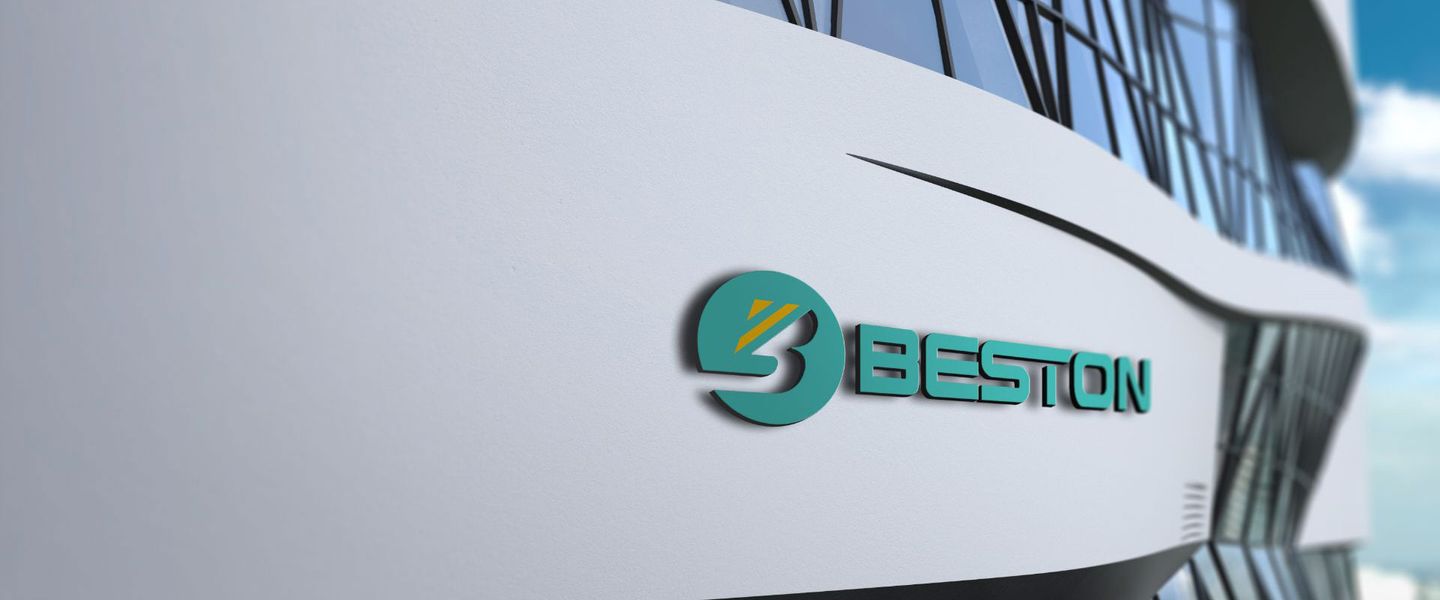

- Home
- Companies
- Beston Group Co., Ltd.
- Articles
- Unveiling the Performance Metrics of ...
Unveiling the Performance Metrics of Biochar Pyrolysis Equipment
Biochar pyrolysis equipment represents a cornerstone in the quest for sustainable agriculture and environmental stewardship. By optimizing efficiency, enhancing throughput capacity, ensuring biochar quality, and minimizing environmental impact, this technology holds immense promise in addressing pressing global challenges, from soil degradation to climate change. Embracing a holistic approach to performance evaluation and continuous improvement ensures that biochar pyrolysis equipment remains at the forefront of the green revolution, paving the way for a more sustainable future.
Efficiency
At the core of biochar pyrolysis equipment lies the quest for efficiency – both in terms of resource utilization and output generation. The efficiency of the equipment hinges on various factors, including the design of the pyrolysis reactor, the quality of feedstock, and the operating parameters employed during the pyrolysis process. Maximizing efficiency not only enhances the economic viability of biochar production but also minimizes environmental impact by reducing energy consumption and emissions.
Throughput Capacity
The throughput capacity of biochar pyrolysis equipment dictates the volume of feedstock that can be processed within a given timeframe. This parameter is influenced by the size and design of the pyrolysis reactor, as well as the efficiency of the heating system. Achieving optimal throughput capacity requires a delicate balance between maximizing production volumes and maintaining process stability. Upgrading equipment components and fine-tuning operational parameters can unlock higher throughput capacities while ensuring consistent biochar quality.
Biochar Quality
The quality of biochar produced by biochar pyrolysis equipment is a critical determinant of its suitability for various applications, including soil amendment, carbon sequestration, and environmental remediation. Key indicators of biochar quality include its physical and chemical properties, such as porosity, surface area, pH, and nutrient content. Ensuring high-quality biochar necessitates precise control over pyrolysis conditions, thorough characterization of feedstock materials, and rigorous quality assurance protocols.
Environmental Impact
As advocates for sustainability, it's paramount to assess the environmental impact of biochar pyrolysis equipment throughout its lifecycle. From raw material acquisition to end-of-life disposal, every stage of the equipment's operation should be scrutinized to identify opportunities for minimizing carbon footprint and resource depletion. Implementing eco-friendly practices, such as utilizing renewable energy sources and recycling process byproducts, further enhances the environmental credentials of biochar production.
Operational Reliability
Reliability is the bedrock upon which biochar pyrolysis equipment stands, ensuring uninterrupted operation and consistent performance. Robust equipment design, regular maintenance schedules, and proactive troubleshooting protocols are instrumental in minimizing downtime and maximizing productivity. Moreover, investing in state-of-the-art monitoring and control systems enables real-time performance tracking and preemptive intervention to mitigate potential issues.
Scalability
The scalability of biochar pyrolysis equipment is paramount to accommodate varying production demands and scale operations according to market dynamics. Modular equipment design, coupled with flexible process configurations, facilitates seamless expansion or downsizing of production capacities as needed. Embracing a scalable approach empowers biochar producers to adapt to evolving market conditions while maintaining operational agility and cost-effectiveness.
Economic Viability
Ultimately, the economic viability of biochar pyrolysis equipment is a decisive factor in its widespread adoption and commercial success. Cost-effective biochar production hinges on optimizing input costs, maximizing output value, and minimizing overhead expenses. Conducting thorough cost-benefit analyses, exploring potential revenue streams from byproducts, and leveraging financial incentives for sustainable practices are essential strategies to enhance the economic feasibility of biochar production.
Innovation and Advancements
The landscape of biochar pyrolysis equipment continues to evolve, driven by relentless innovation and technological advancements. Research and development initiatives focus on enhancing equipment efficiency, expanding feedstock compatibility, and exploring novel applications for biochar. Collaboration among industry stakeholders, academia, and government agencies fosters a conducive environment for innovation, paving the way for the next generation of biochar production technologies.
